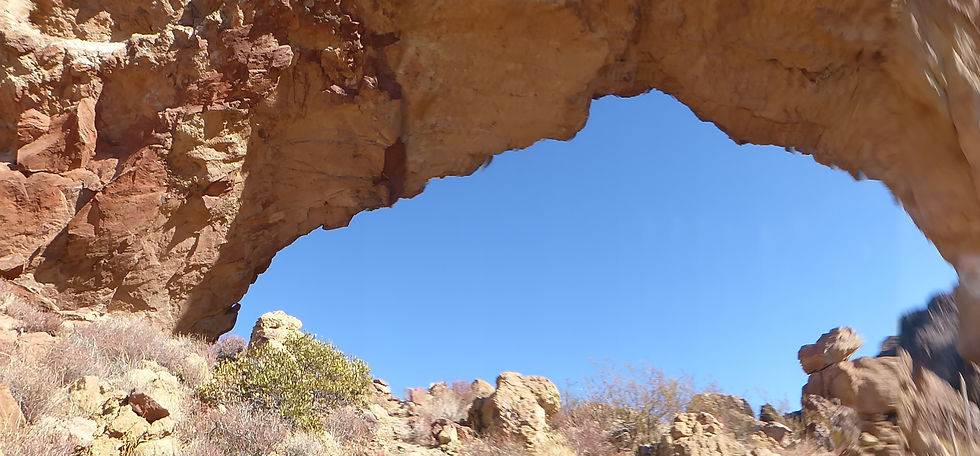Camping: Camping available at Twin Peaks Campground (developed) and Alamo Campground (primitive).
Drinking Water: available at Twin Peaks Campground.
FEE: $25 per vehicle for a 7-day pass (2025)
Elevation: 1,800 to 4,800 ft

Notes
Have you been here?
Organ Pipe Cactus National Monument, located along Arizona’s border with Mexico, is a remarkable blend of ecological diversity and dramatic desert scenery. As a designated UNESCO biosphere reserve, it plays a vital role in protecting the rare and beautiful organ pipe cactus, a plant that thrives only in this part of the United States.
The park was established in 1937 to preserve a representative area of the Sonoran Desert—a significant step in the National Park Service’s movement to protect not only scenic wonders but also ecological treasures. Today, Organ Pipe Cactus stands as one of the best-preserved examples of Sonoran Desert wilderness. Beyond its natural beauty, the monument protects cultural and historical elements that reflect long, widespread, and diverse human use by American Indian, Mexican, and European groups. The intersection of these three cultures holds significant archaeological, geographical, and international importance.
The monument spans over 330,000 acres of rugged wilderness filled with unique desert flora and fauna. In addition to the iconic organ pipe cactus, visitors can marvel at other plant species such as saguaro, cholla, and ocotillo. The region is home to fascinating wildlife, including bighorn sheep, javelinas, and a variety of reptiles and birds.
The park’s Ajo Mountain Drive offers stunning vistas, showcasing the vast expanse of desert and dramatic volcanic mountains. For those seeking adventure, numerous hiking trails wind through scenic canyons and rugged terrain. Trails like the Arch Canyon Trail and Desert View Trail provide incredible opportunities for photography and wildlife observation.
When to Visit: Warm days (60s °F) and chilly nights (40s °F) are common from late fall to early spring, with occasional rains. Most visitors arrive between December and March, when consistent winter rains can lead to stunning spring wildflower displays. Early summer brings hot, dry conditions with temperatures often exceeding 100°F and humidity below 10%. Late summer monsoons deliver fantastic lightning shows and intense thunderstorms, with temperatures dropping to the 90s but increased humidity. During summertime, it’s best to rise early for outdoor activities and retreat to shaded areas in the afternoon.
Whether you are a nature enthusiast, photographer, or adventurer, Organ Pipe Cactus National Monument offers a true escape into the wild beauty of the Sonoran Desert.
See: Website
Managed by the National Park Service.
Organ Pipe Cactus National Monument
Arizona
Pima County
31°57'17.0"N 112°48'05.0"W

Organ Pipe Dr, Ajo, AZ 85321
Directions: Located in southern Arizona, south of Ajo, west of Tucson, and east of Yuma. From the NORTH: follow Arizona Highway 85 through Ajo and Why. The monument entrance is four miles from Why. The Kris Eggle Visitor Center is 22 miles (35.4 km) south of Why. From the EAST: take Arizona Highway 86 to Why, then turn left on Arizona Highway 85, heading south. From the WEST: follow I-8 to Gila Bend or I-10 to Buckeye, then turn south on Arizona Highway 85. From Sonoyta, MEXICO: travel north toward Lukeville, AZ on Mexico Route 2. The Kris Eggle Visitor Center is five miles north of Lukeville on Highway 85.
Organ Pipe Cactus National Monument - Ajo, Arizona






































